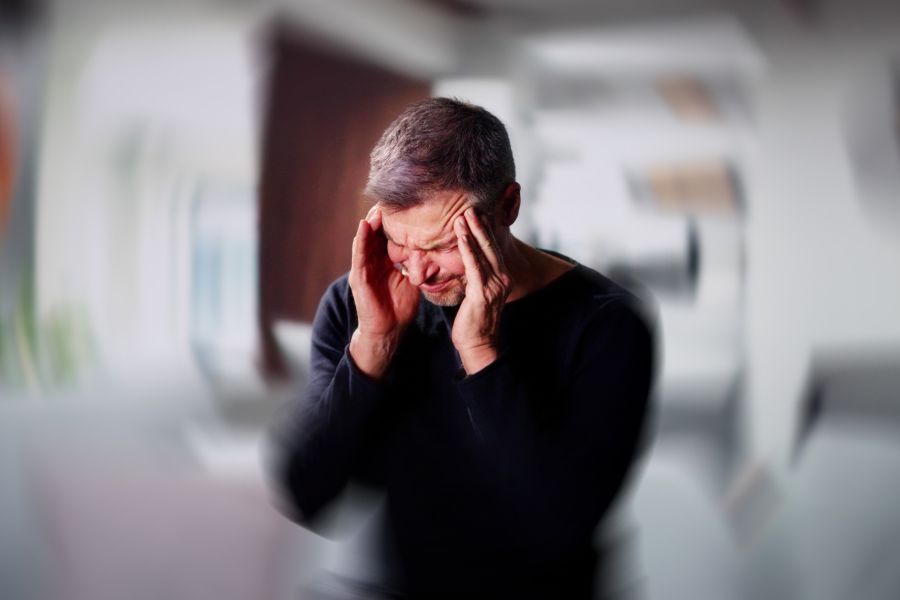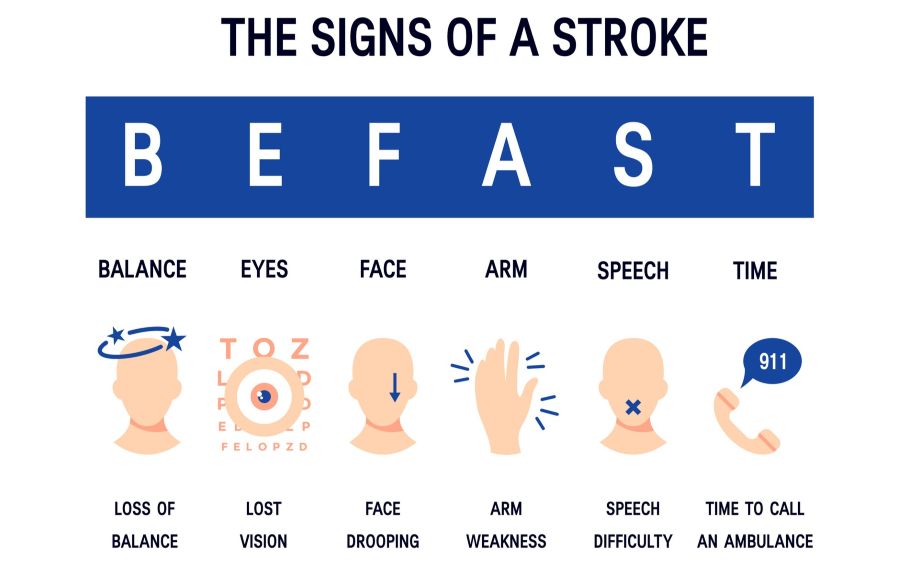
A stroke — also known as a cerebral infarct — happens when blood flow to part of the brain is interrupted. Without blood and oxygen, brain cells begin to die, potentially leading to permanent damage or death.
There are two main types of strokes: ischemic and hemorrhagic.
- Ischemic strokes are the most common and occur when a blood vessel supplying the brain becomes blocked, often due to a blood clot or a buildup of fatty deposits.
- Hemorrhagic strokes, while less common, happen when a blood vessel ruptures, causing bleeding in or around the brain.
Several health conditions and lifestyle habits can increase the risk of stroke. The most common risk factors include high blood pressure, diabetes, high cholesterol, heart disease and smoking. Many of these factors are manageable with proper medical care, lifestyle changes and early intervention.

Recognizing the signs of a stroke quickly is essential. One helpful tool is the acronym BE FAST:
- B is for balance — sudden loss of coordination or dizziness
- E is for eyes — trouble seeing out of one or both eyes
- F is for face — facial drooping or uneven smile
- A is for arms — arm or leg weakness, especially on one side
- S is for speech — slurred or hard-to-understand speech
- T is for time — if any of these symptoms occur, call 911 immediately
Stroke is a medical emergency. Acting quickly can help reduce the risk of long-term brain damage or death. Every second counts — early treatment can make a critical difference.
Understanding what causes strokes and knowing how to recognize the signs can save lives. By managing risk factors and reacting fast in an emergency, many strokes can be prevented or treated more effectively.
Learn more about the warning signs of stroke.

